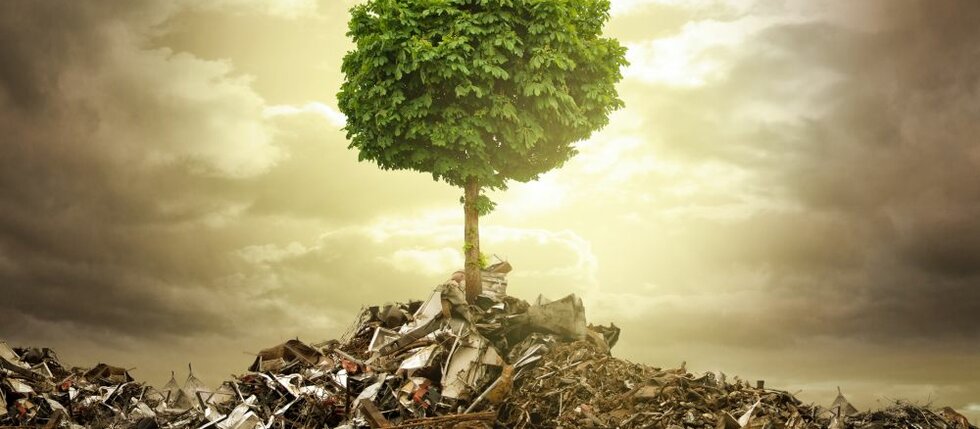We produce more and more e-waste. Recycling does not keep up and is not enough
Around 82 million tons of e-waste is expected to be generated in 2030.
According to data presented by the UN, the problem of so-called electronic waste is getting worse. Despite the growing segment of electronics recycling, the pace of its production is accelerating. The growing use of electronics in everyday life translates into an ever-increasing production of so-called electronic waste. For example, the Techspot website drew attention to the topic.
According to data presented by the UN, the increasing use of recycling techniques does not reduce the rate of its production.
The report states that 62 million tonnes of e-waste will be generated worldwide in 2022 - importantly, the upward trend is expected to continue in the coming years. It is assumed that in 2030 approximately 82 million tons of e-waste will be produced.
Importantly, recycling is still not a sufficient answer to this problem. In 2022, only 13.8 million tons of waste were recycled, which represents 22.3% of the total amount. Moreover, the UN predicts that this percentage will drop to around 20 percent by the end of the decade due to technological advances, limited repair capacity or insufficient infrastructure, among other things.
Europe is leading
Europe produces the most kilograms of electronic waste per inhabitant - 17.6 kg. However, it should be noted that the rate of collection and recycling of this waste is 42.8% in the old continent, while in Africa it is only 0.7%.




